Chandigarh is already up there when we talk of the most desirable places to visit in the world, but can we now focus on making it the startup, innovation and entrepreneurship hub for North India, just as Bangalore has established itself as the hub for South India ? This, and many other issues cropped up during a discussion on ‘Chandigarh: An Aspirational Destination’ organized on the occasion of the Annual Session of CII Chandigarh Council on Wednesday. UT Home Secretary Anurag Aggarwal, Chandigarh Mayor Davesh Moudgil and the top leadership of CII’s northern region participated in the discussion.
Anurag Aggarwal in his address said the uniqueness of Chandigarh’s town planning and architecture was already a topic of animated discussion the world over and was a result of French architect Le Corbusier breathing life into then Prime Minister Jawaharlal Nehru’s dream of a new capital city for Punjab "a new town, symbolic of the freedom of India, unfettered by the traditions of the past".
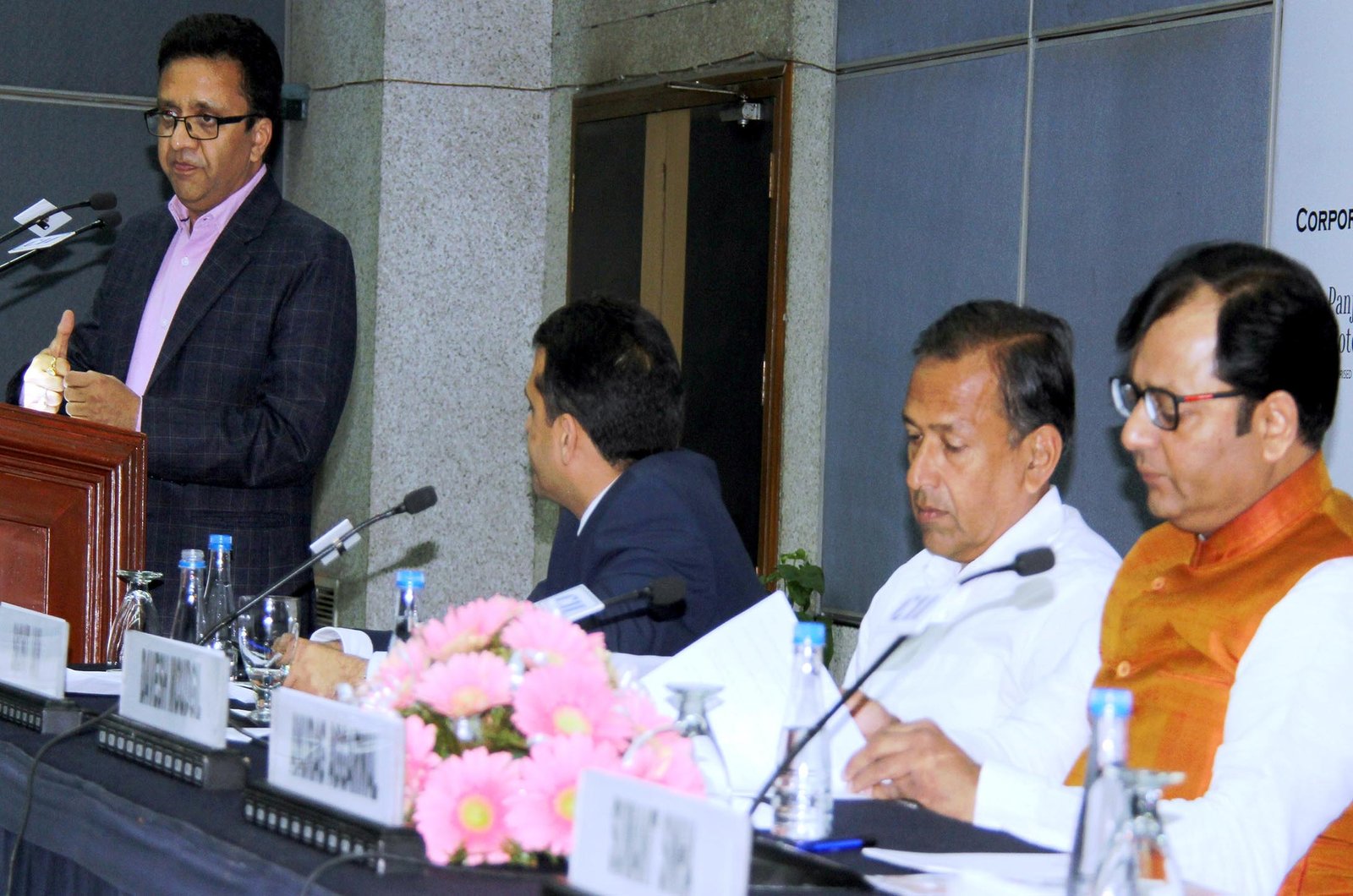
Photos By: Life In Chandigarh
So, in many ways the aspirations around Chandigarh had already come true, he said, adding that the UT Administration with the support of the people of Chandigarh would not like to sit on its laurels but strive to take it to a still higher level. The effort is not only to make it the first renewal energy city of the country but also usher it into a leadership role in economic development with a difference.
Spelling out the “small, small steps” continually being taken on the ground towards that end, the Home Secretary said after the Capitol Complex was declared a Heritage Site by UNESCO in 2016, a lot of work at restoration and conservation of the buildings and structures in the complex had been undertaken with the assistance of a renowned architectural consultant. “Although we keep hearing talk of the administration not being able to preserve the heritage structures and capitalising on the tourist potential of the Capitol Complex, the fact is that there is a sea change in the condition of the complex four years ago and now. And, for the first time people are getting to see the various assets of the Complex in their original glory,” he said.
The potential of solar panels on rooftops of government buildings had reached a saturation point with 20 MW power being generated from them and now it was time for rooftop potential of private buildings being exploited. “We have been going from sector to sector to rope in the cooperation of the people to set up solar panels atop their houses, but so far we have not been very successful in persuading the people. Less than 2 MW solar power is being generated from private rooftops. Luckily, we have found a new sizable potential of generating another 20 MW by setting up solar panels atop raw water tanks at all waterworks of the municipal corporation, which is going to be exploited soon.”
He said apart from celebrating the heritage buildings and structures, the administration had identified 30 age old heritage trees across the city for conservation and preservation and sought support from CII for this purpose. “These trees can be a rich source for attracting religious tourism,” he added.
For boosting employment opportunities, Aggarwal informed that an economic development model with sharp focus on innovation and entrepreneurship was under preparation. The Chandigarh Region Innovation and Knowledge Cluster (CRIKC) had already submitted a proposal to the UT administration regarding this and it was being considered. A decision had already been taken to convert the defunct Government Press into the city’s first Incubation and Innovation Centre, he said.
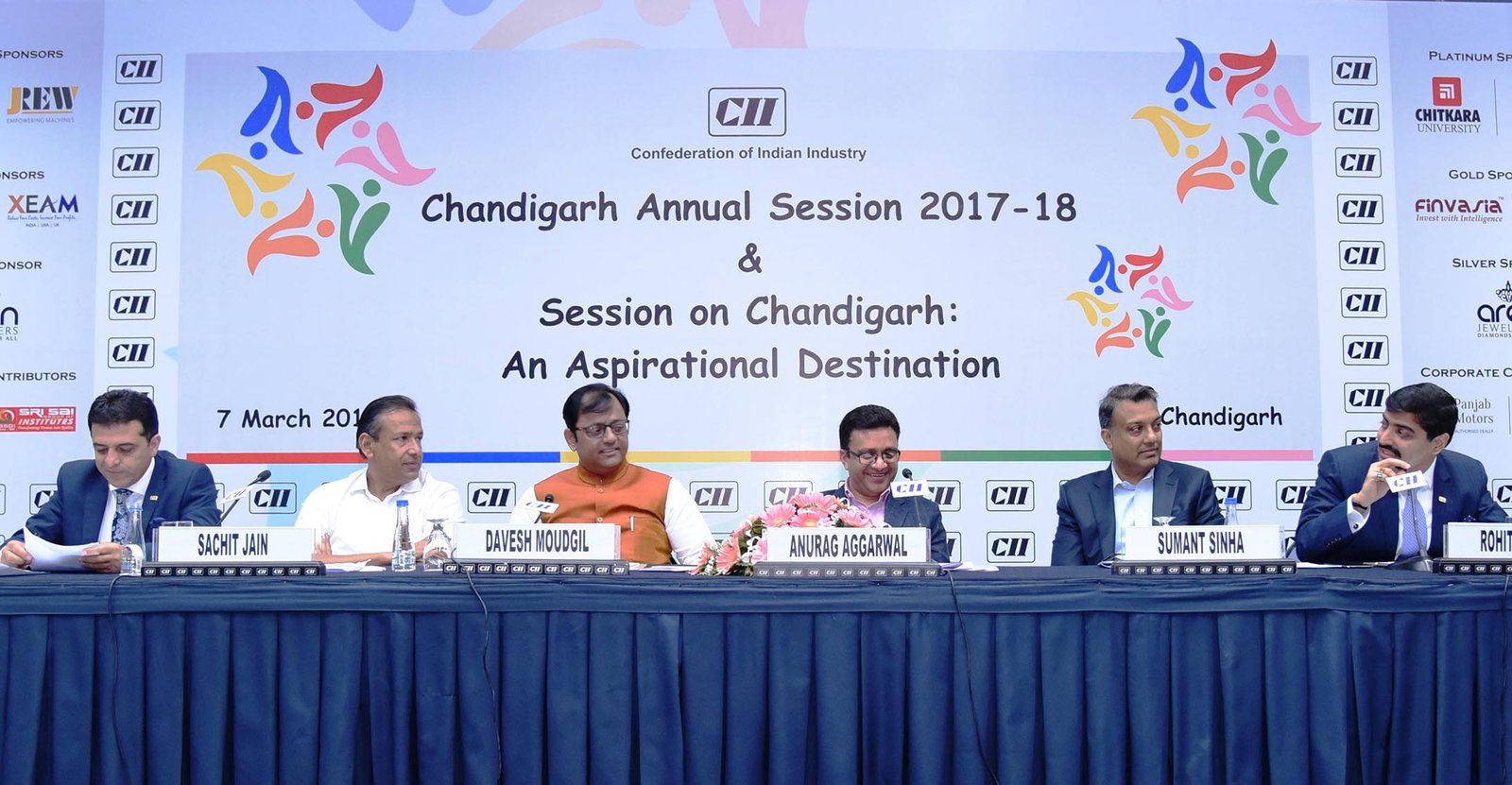
Mayor Davesh Moudgil while pointing to the municipal corporation’s initiative begun on Wednesday to persuade all its employees to cycle to work every Wednesday, said more such steps will be taken in the future to improve the environment. He made an impassioned appeal to the residents of Chandigarh to adopt segregation of waste in every household to prevent an ecological disaster.
He also appealed to the people to be prepared to make more sacrifices in terms of generating greater revenues to enable the municipal corporation to maintain a high level of maintenance of services in the city. He also offered the rooftops of dozens of community centres in the city for installation of solar panels in an effort to generate more renewable energy.
Moudgil utilised the opportunity provided by the presence of the UT Home Secretary, who is also Local Bodies Secretary, to reiterate the growing demand for increasing the tenure of the Mayor from one year to five years as in most states to ensure continuity of development activities.
CII Northern Region Chairman and Chairman & CEO, ReNew Power Ventures Pvt. Ltd., Sumant Sinha, while appreciating Chandigarh for its unique architecture and world class infrastructure, felt that the city must aspire to become the first Model Solar City in Northern India, it must be promoted as an economically viable city and needs to be endorsed as a hub for entrepreneurship and startups. Among the other challenges would be increasing its air connectivity with all major cities and towns of the country and establishing a robust local transport system. The ease of doing business must also improve, leading up to ease of living, he said, adding in a lighter vein that since ease of living in Chandigarh was already high, the reverse must be ensured with ease of living leading up to ease of doing business.
Calling Chandigarh the city of the present and of the future, CII Northern Region Deputy Chairman, and Vice Chairman & Managing Director of Vardhman Special Steels Ltd, Sachit Jain said the city ticked all the right boxes in the field of education, health services, infrastructure, governance, modernity, etc., and was hence very close to being a smart city already.



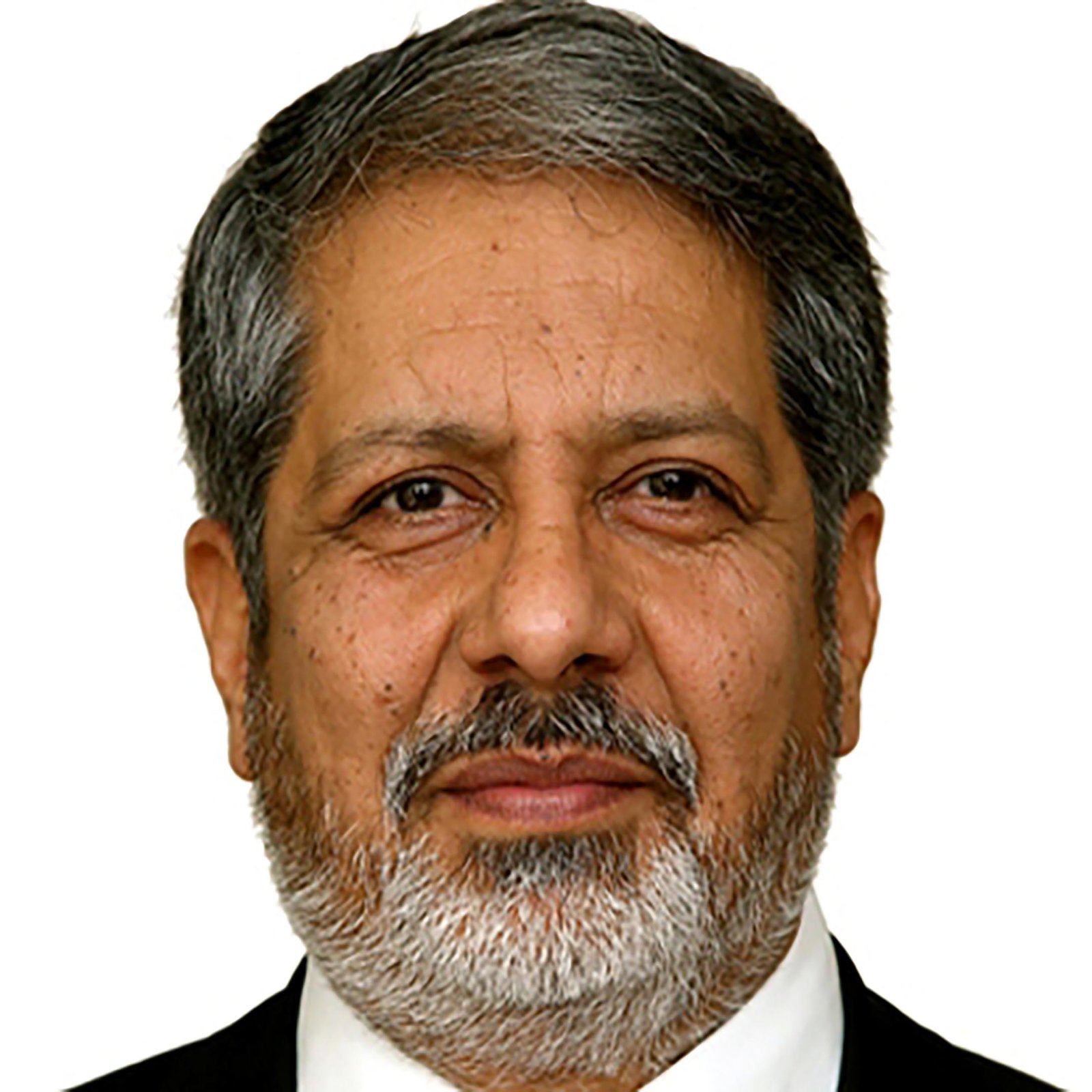




.jpg)

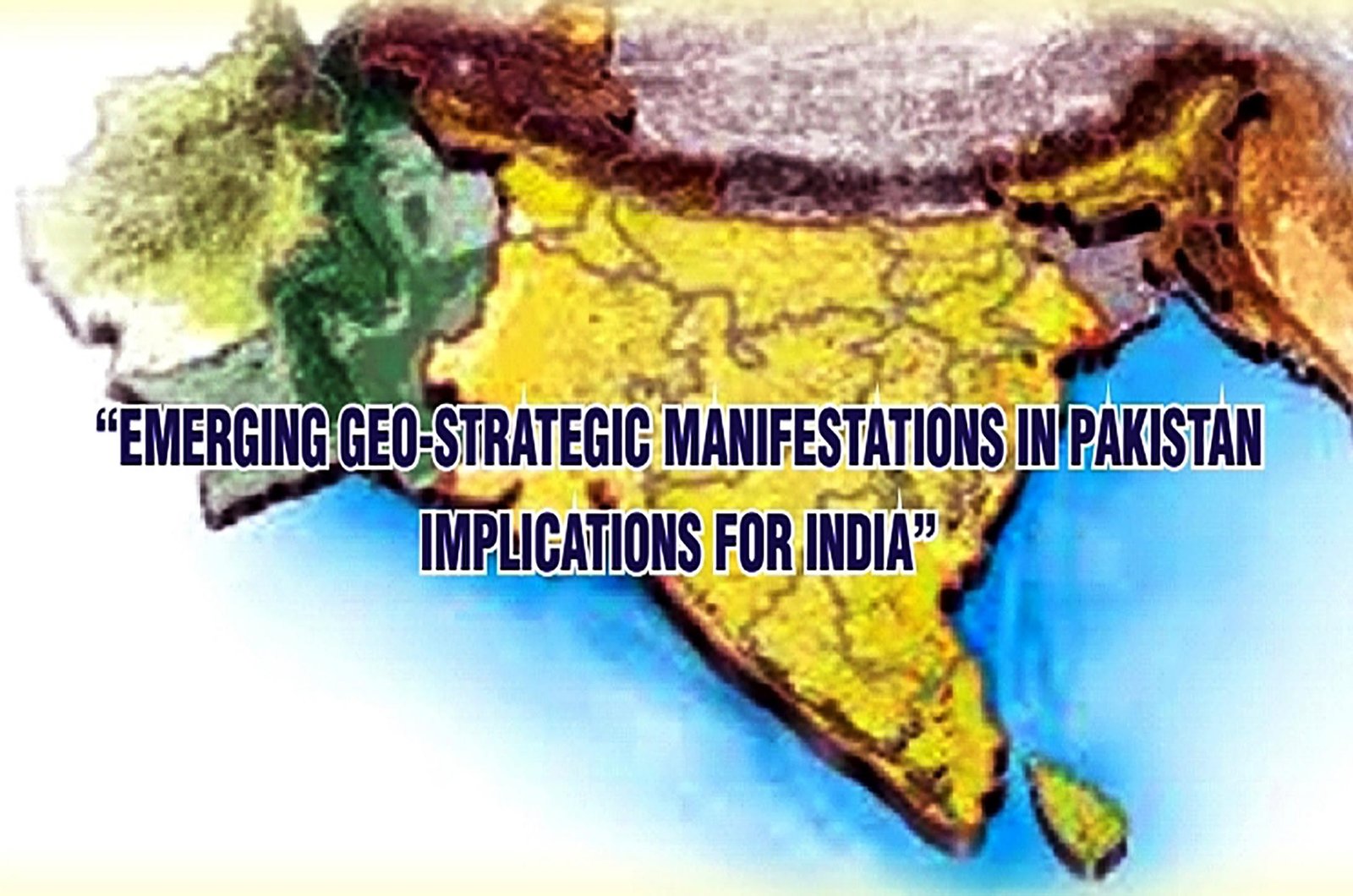
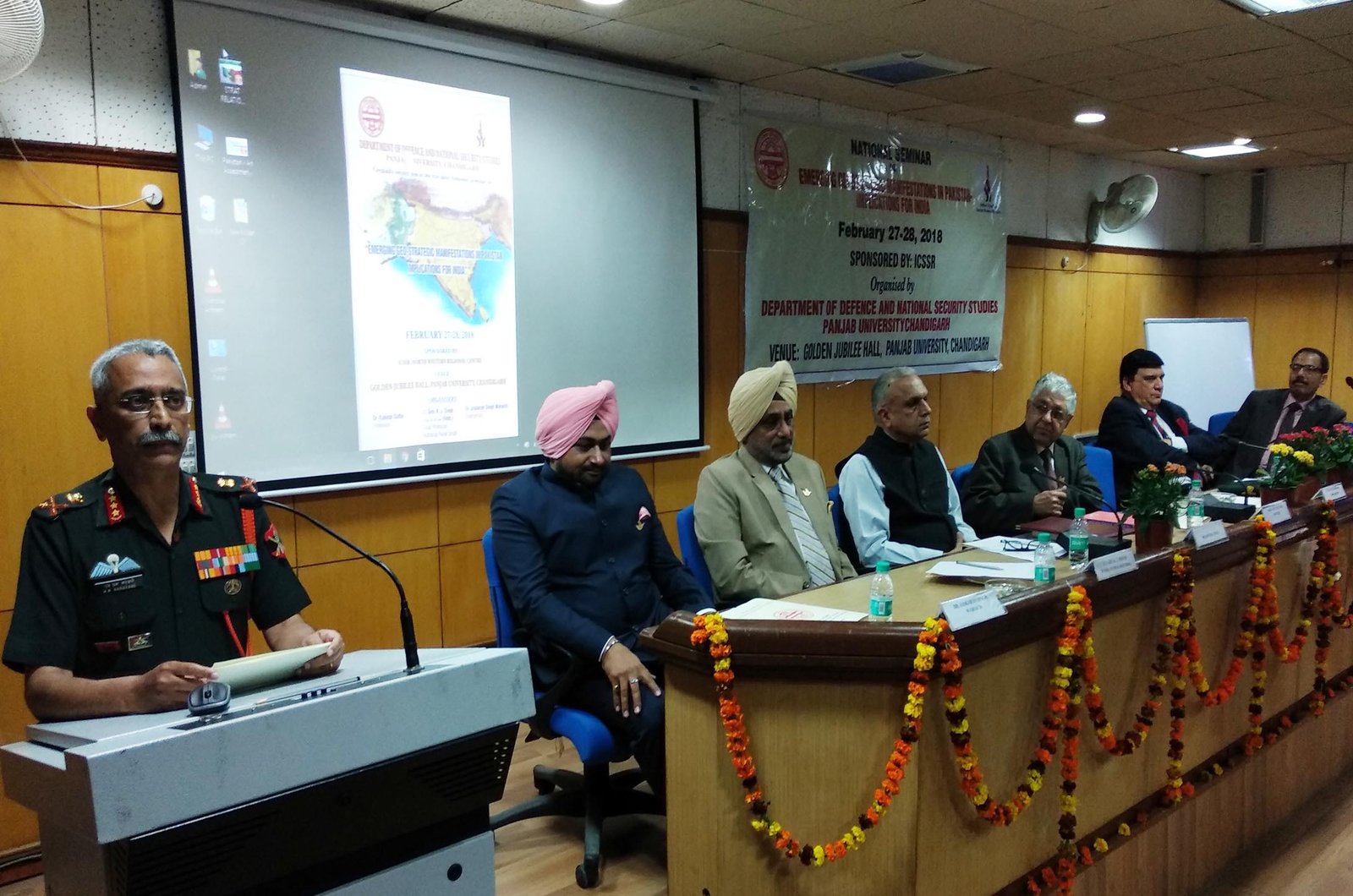
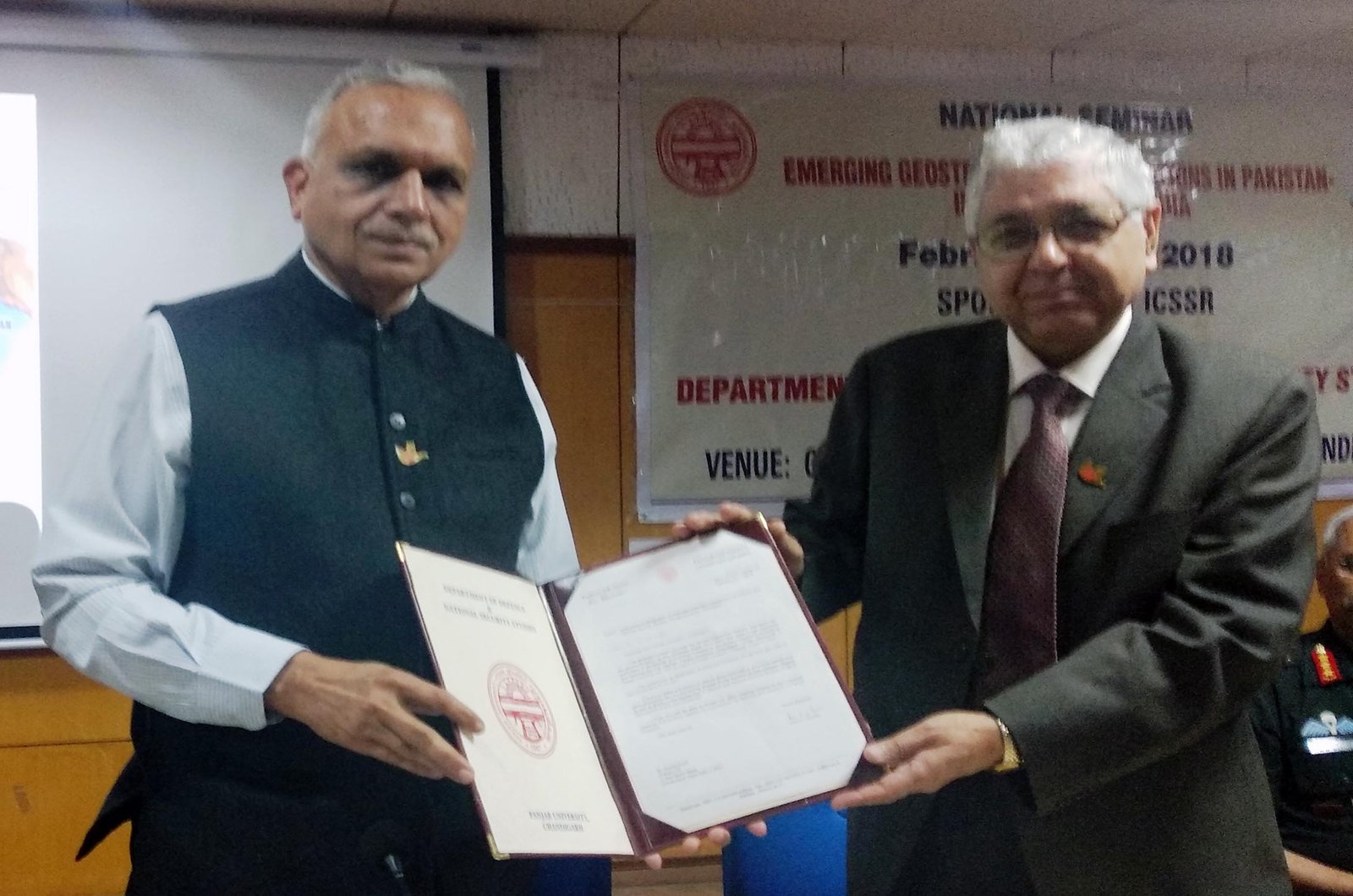



.jpg)

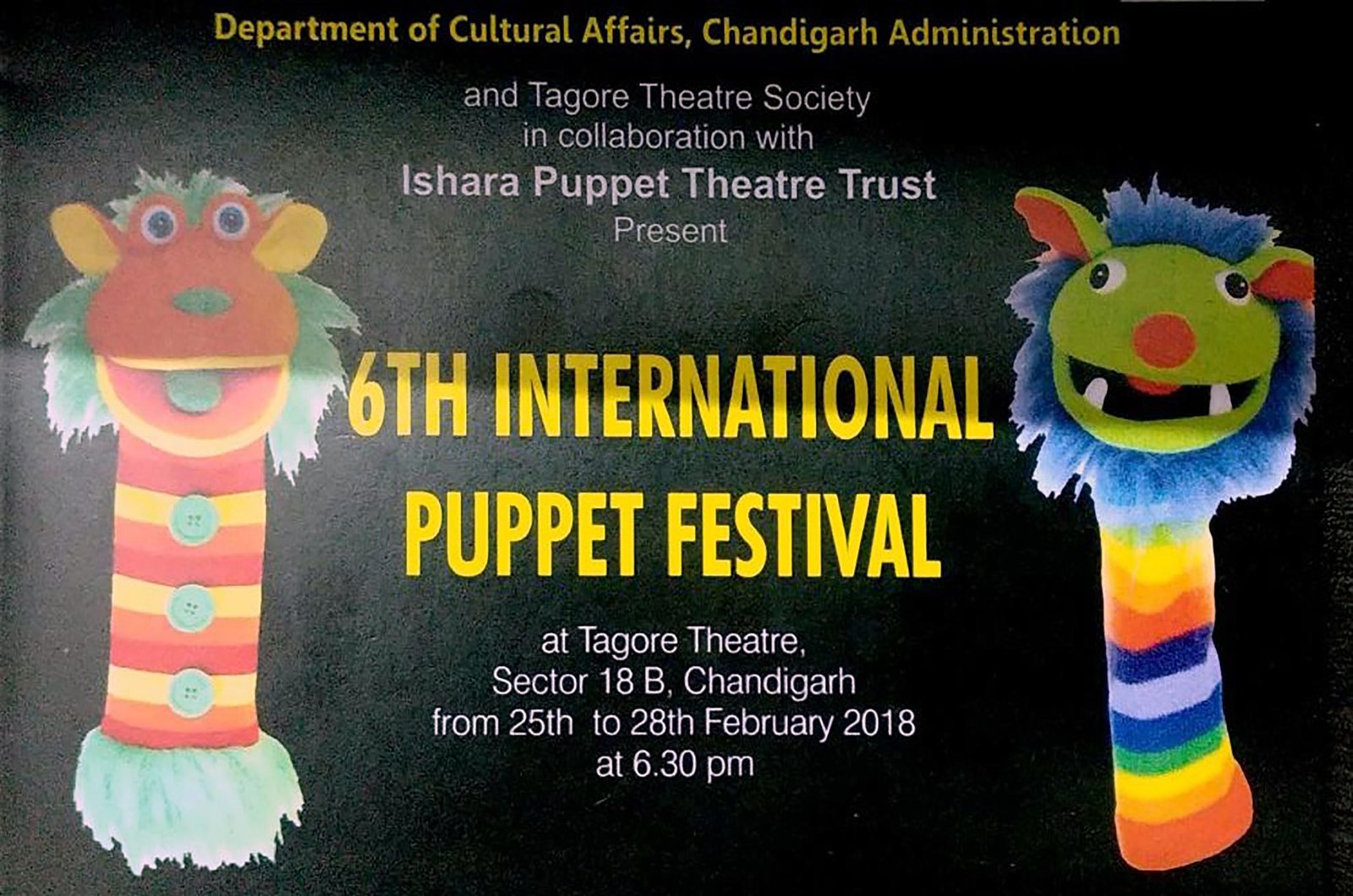

.jpg)
.jpg)
.jpg)

.jpg)
.jpg)



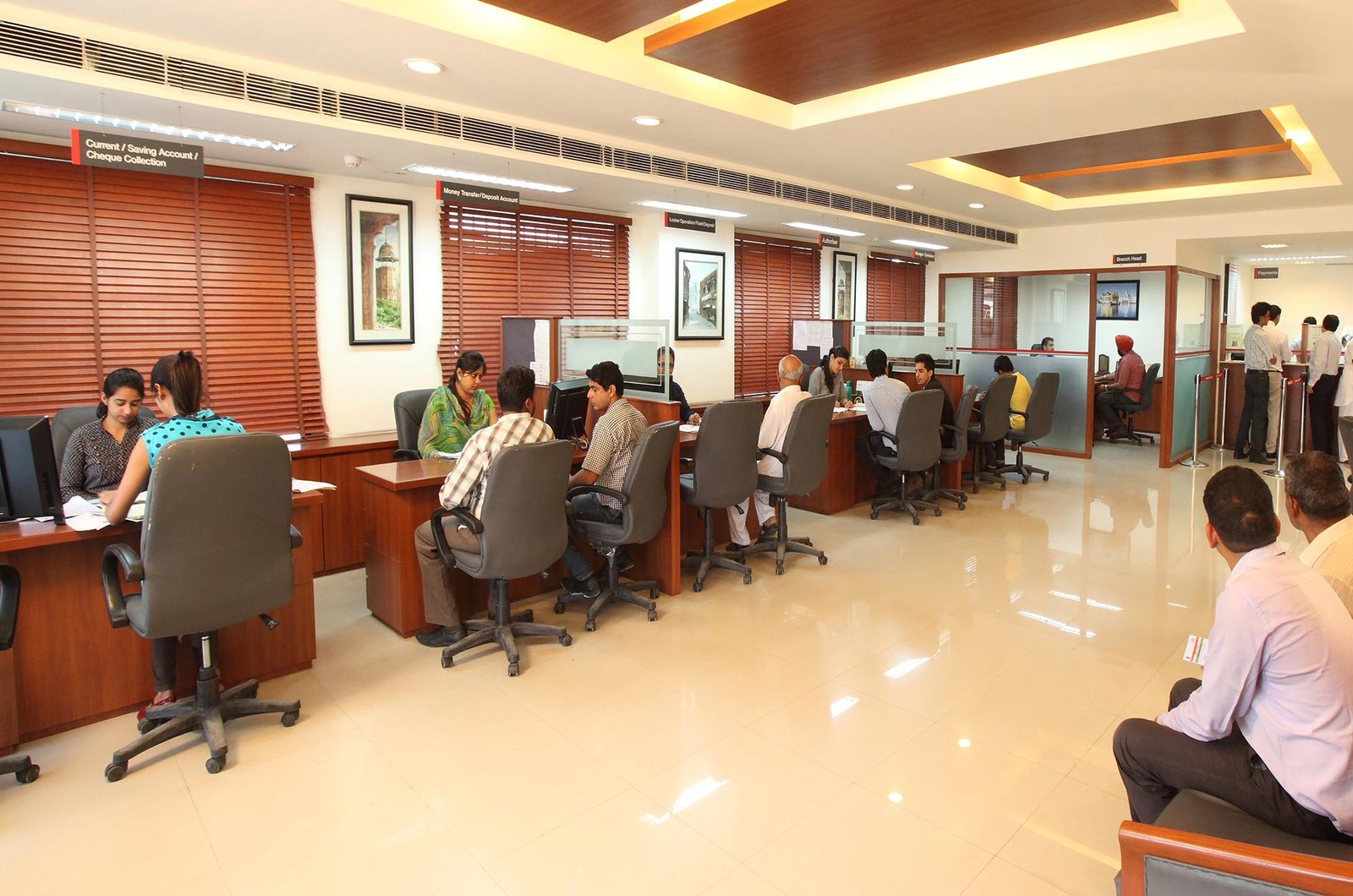
.jpg)